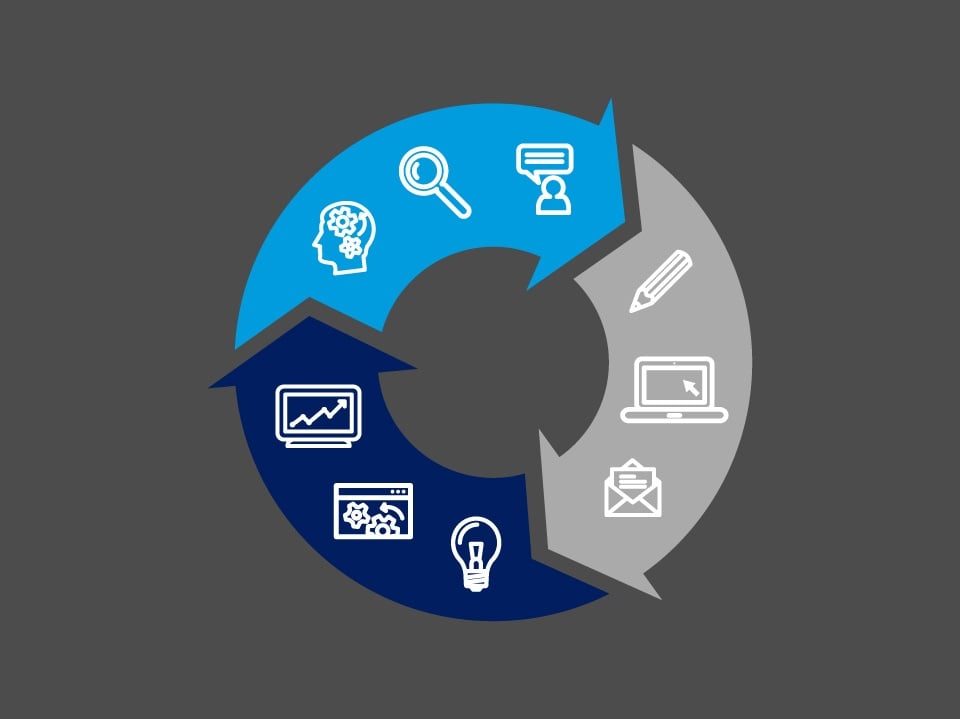The Consequences of Waterfall Development
When companies began using waterfall development methods, team members worked in siloes. Business Analysts (BAs) worked on requirements and documentation that was passed to designers and then developers to build the product. Testers worked alone in their siloes developing test plans and test cases.
Every group focused on their own deliverables, in their own phases, reflecting which part of the waterfall project plan they were executing.
We know how that story ends. BAs get requirements wrong and miss some altogether. Testers write and execute incomplete or incorrect test scenarios. Defects are caught late – often after delivery – when they are most expensive to correct and do the greatest damage to customer satisfaction and IT’s reputation.
Agile Practices to the Rescue
Fortunately, Agile methods have alleviated many of these pains by emphasizing cross-functional teams working collaboratively throughout the development process. This change has positively impacted teams by improving speed and quality across the development lifecycle.
Another positive impact that was realized from Agile adoption is the importance of the relationship between requirements and tests.
Requirements and Tests: A Perfect Union
Throughout the course of a release, a development team creates a lot of artifacts. Among these packages of information, requirements and tests have a special relationship, because they both serve to envision and confirm a desired outcome.
Requirements definition is the most essential part of any software development process. No matter which methodology you use, the framework that you create with your requirements will decide the quality, utility, and usability of the final product.
Requirements directly influence testing. The purpose of testing is to validate what has been built with what was originally intended. Testing checks the outcomes against the intention.
The information necessary within requirements and tests are similar and highly related. These two are so inextricably linked, that tests often look like requirements but in a different form.
Requirements and tests are partners in a “perfect union” within the development process. They help teams reimagine how products can be developed. Their powerful dynamic highlights the advantages of BAs and QA working together. It reveals opportunities for improving speed and quality by leveraging their similarities.
Successful Products take Planning
Ask yourself: What if your testers had a comprehensive view of the latest version of requirements in their own tools, instead of working with business requirements documents? Or What if they could auto-generate test cases from requirements – creating tests that cover all scenarios in a set of process models?
This is possible.
We’ve recognized that requirements and tests are different ways to say the same thing, and we’ve created a technology that supports that truth.
Read More: Save Time and Improve Quality by Automating Functional Test Case Creation
Creating a successful product takes foresight and planning. You have to know what you want in order to get it – good requirements protect against unwanted outcomes to help ensure on-time, and cost-effective delivery.




